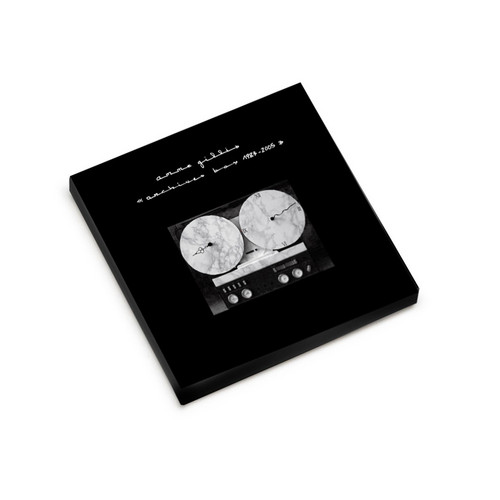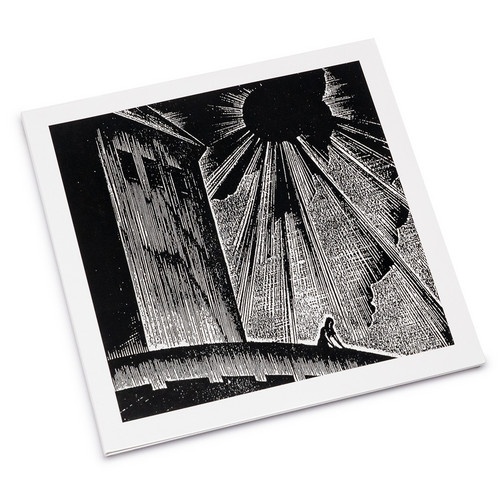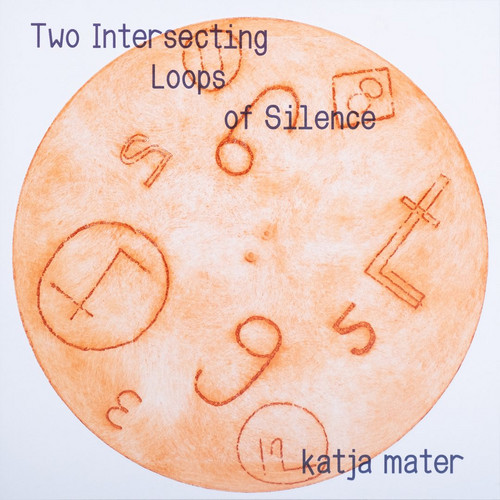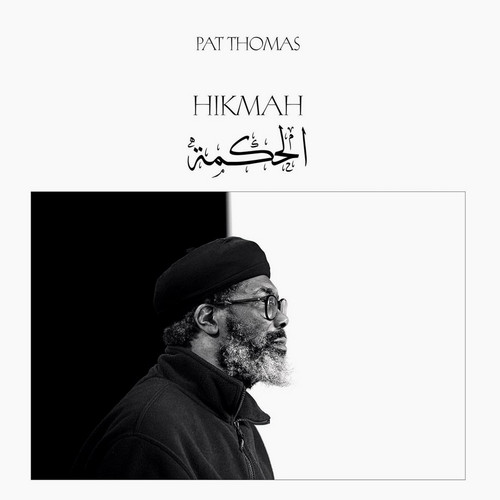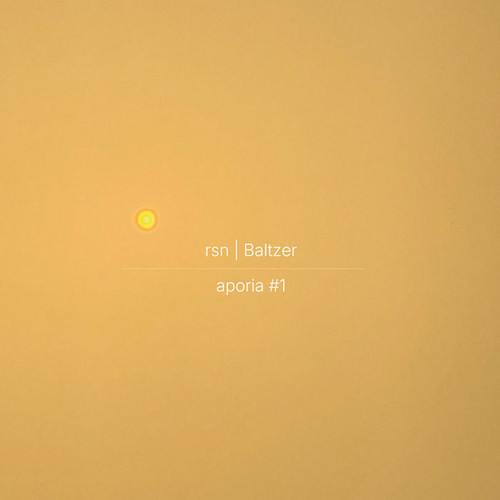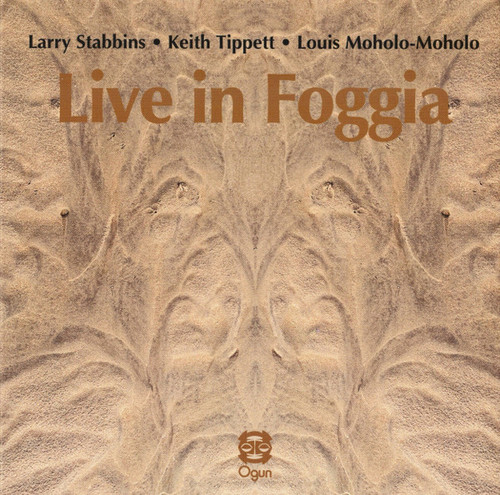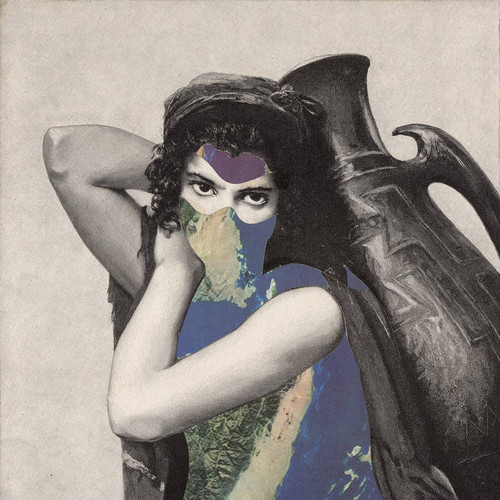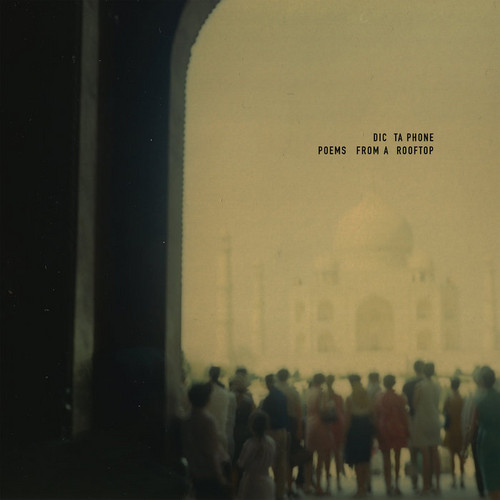New Arrivals
All The Young Droids - Junkshop Synth Pop 1978-1985
All The Young Droids: Junkshop Synth Pop 1978-1985 is a new compilation that charts the underbelly of the epoch-defining sound of the synthesizer in '80s popular music. Compiled by curator Phil King, the music here connects the dots between DIY synth enthusiasts grappling with new, cheap synthesizers at the tail-end of punk and wannabe, jobbing songwriters enthrall to the new music pioneered by Gary Numan, Depeche Mode and Daniel Miller's Mute Records. Featuring rare tracks of auto-didactic prog…
The Sofa Managements
*2025 stock. 200 copies limited edition* Ecila is the pseudonym of Belarusian but Belgium-based Sveta Shlyachova. She has been active in electronic music for over 15 years, jusually with partner Nikita Chudyakov. Together, they spearheaded the politically-charged breakcore/dubstep project Streff and the more IDM-oriented Elements of Sci-Fi. Shljachova was also a member of the Kosmozo project that found success on the electronic circuit and released an album (Stories) in 2012 under the name Alice…
Icarus Tapes #1
*2025 stock* Icarus Records proudly presents Icarus Tapes #1: Bow, Icarus Live Session #59, a live performance recorded for the Icarus Radio Show, a weekly radioshow broadcast at Belgian radiostation Urgent.fm.
One afternoon in March 2019, a Ghent studio at the edge of an arm of the Scheldt river, the 5 musicians of Bow settled down and got ready. After a glance and a deep breath, the 5 fellows leap into the void.
Bow takes the gamble for this recorded radio session to improvise its music en…
Transmutancia
Transmutancia presents music caught in the act of becoming.
Raw, luminous, and alive.
Iannis Xenakis: Sonic Odysseys (Book)
The definitive publication accompanying the most comprehensive exhibition ever dedicated to one of the most visionary composers and polymaths of the 20th century
Eyry]
After decades of working at the margins of experimental electronic music, French composer Manon Anne Gillis returns with Eyry, her ninth solo album and a stunning testament to her unique approach to sound as a tactile, sensory experience. Released on Art Into Life as a limited edition of 300 vinyl copies (with download code), Eyry weaves together voice, breathing, words, and sounds using ingenious methodologies that have defined Gillis' practice since the 1980s.
Since her earliest works in the 1…
Archives Box 1983-2005
A spellbinding five-CD box set documenting the entire enigmatic production of one of the missing links in experimental electronic and prototypical industrial music: Anne Gillis. From her groundbreaking 1983 Devil's Picnic release through her 2005 installations and exhibitions, this comprehensive collection unveils the hidden world of a visionary French composer whose work anticipated much of what would follow in electroacoustic composition and sound art.
Since the early 1980s, Manon Anne Gillis …
Paris 1942
"Difficult as it may be to imagine, there was a time when Sun City Girls did not exist. Prior to the Bishop brothers teaming up with drummer/shaman Charlie Gocher to form SCG's classic trio lineup, there were various ad-hoc assemblages of local Phoenix-area freaks and weirdos – groups which existed only long enough to play a single gig, open mic or house party before disbanding without a trace. Hatched from this milieu was Paris 1942, a short-lived band formed by guitarist Jesse Srogoncik that i…
Two Intersecting Loops of Silence (10")
Two Intersecting Loops of Silence marks a contemplative chapter in the trajectory of Katja Mater, where silence and the perception of time are intimately entwined. Mater translates the invisible dimensions of temporal experience and stillness into a tactile, rhythmic form, engaging the listener in a careful dance between what is absent and what is present. The work, emerging partly in response to the altered rhythms of the pandemic era, actively invites reflection on linearity and cyclical repet…
Hikmah
Hikmah is the astonishing new solo piano work from Pat Thomas - virtuosic sound scientist, deep and compassionate thinker, and UK-based musical treasure. A singular album in his now substantial body of work, it marks his first release for TAO Forms. Born in Oxford to Antiguan parents on July 27, 1960, Thomas belongs to a remarkable generation of piano masters. Just over four months separate his birth from that of Matthew Shipp (December 7, 1960) - whose The Piano Equation inaugurated the TAO For…
Untitled
Tip! Tip! Tip! Florence-based composer Marco Baldini has quietly emerged as one of the most compelling voices in contemporary composition, and this cassette compilation for The Trilogy Tapes offers the perfect entry point into his world. Known for his stunning releases on Another Timbre – the chamber works of Maniera performed by Apartment House and the historically-engaged Vesperi – Baldini here curates a personal sonic journey that reveals his wide-ranging influences and aesthetic sensibilitie…
Aporia #1
An aporetic interrelationship is a state where two irreconcilable components are connected and meaningfully complement each other. The four improvisations explore the hopelessness of being shaped by contradictory forces from which one cannot escape. The dynamism that comes from getting started, trying things out, letting go and playing together is often phenomenal. Sounds and songs can be created that reproduce the vibrations of the live moment of the recording identically.
This energy and atmos…
Indistinction #1
*50 copies limited edition* The coming together of rsn and Niacinamide is a powerful wall of noise with incredible depth. The instruments and sound generators interweave inextricably. There is hardly any room for silence or breathing. The bass pushes, the sounds creak and hum, wobble and destroy themselves. Niacinamide and rsn have created four songs, or better call them sound compositions, that are bursting with power and noise. The mood is consistently dark and the songs crawl from the beginni…
Deviation #1
*100 copies limited edition* A stationary tone, a subtle swell, an up and down, a quiet and loud “deviation #1” is an audio journey through an imaginary landscape. At times gentle, as if a wide meadow lies before you. Sometimes dark and booming, as if a thunderstorm is announcing itself and discharging in the mountains. The sounds move from left to right, from top to bottom and circle around themselves. The four parts of “deviation #1” each generate a unique tension, creating an atmospheric spac…
shift #1
*2025 stock. 100 copies limited edition* "shift #1" is a collaboration album by the two drone/ambient artists rsn and N. the album comprises three songs that deal with semitone shifts, creating an aesthetic depth of sound on the one hand and building up a long arc of tension on the other. "shift #1" is a musical colossus - sound, structure and length create an immersive sound experience. quiet, rather contemplative sounds gradually develop into an alert sound construct. sometimes, however, it re…
Live In Foggia
Recorded in Italy in 1985, this is a valuable record of a unique trio playing at the very top of their game. Larry Stabbins, after years of playing with many of the greatest improvising musicians of the 60s and 70s (John Stevens, Chris McGregor, Keith Tippett, Mike Westbrook, Tony Oxley etc) had recently exploded onto the pop world with the bands Weekend and Working Week and was quite famous in Italy. Not to be outdone, Louis Moholo-Moholo turned up to this gig in full ‘warpaint’ and all three p…
Crystal
Emerging from the depths of a private mindscape, Crystal by Stan Hubbs delivers epically torched psychedelia that transports listeners to a vivid sonic dream. Recorded in isolation within a remote cabin nestled among the majestic California redwoods, this 1982 brain-frying masterpiece captures a unique blend of vintage psychedelia and innovative homegrown sounds.
Crystal stands as the missing link between the iconic In-A-Gadda-Da-Vida era and the surreal charm of harpsichord-driven hallucinogens…
Guanyin
Tauceti (Lilou Chelal) is a DJ / producer / composer from Lyon. As a DJ Chelal distills a dark, tropical and sensual techno with percussive and vaporous rhythms in her mix. She stands for a very particular elegance and a certain, clearly audible maturity, which makes her stand out. "Guanyin" is her very first full length - where she transfers the elegance of her sound into a very personal and unique journey. "I am pleased to announce the release of my very first ambient album on the Denovali lab…
Unstable
Dictaphone are back with their 6th full length called "Unstable". In the 25th year of the project Brussels born composer and mastermind Oliver Doerell is surrounded again by a lot of musicians & friends. Roger Döring is there, his clarinet and saxophone play has always been a trademark sound of the band - also Alexander Stolze's ghostly violins. The dark atmosphere and experimental sound of the new album is a reference to the 80s belgian art music scene, which Doerell had the luck to experience …
Poems From A Rooftop
Oliver Doerell and Roger Doering's Dictaphone might not be the most prolific project around, but what they lack in frequency they make up for in sheer impact. 'Poems from a rooftop' is their third album in ten years, and is the first to feature new member Alexander Stolze on violin. The dusty, haunted jazz of 'M.=addiction' and 'Vertigo II' is still visible, but joined by Stolze's shimmering string tones, giving the already rich sound a further layer of depth.
The title 'Poems from a rooftop' co…



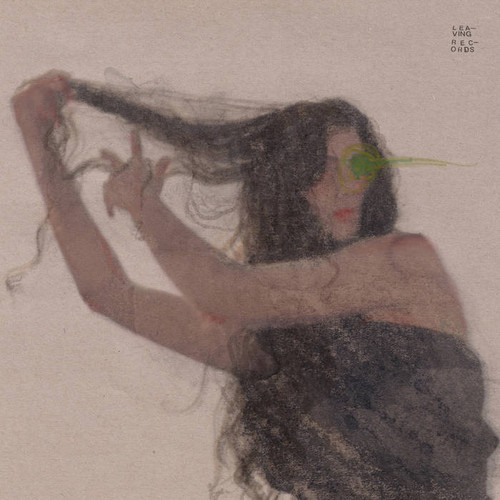
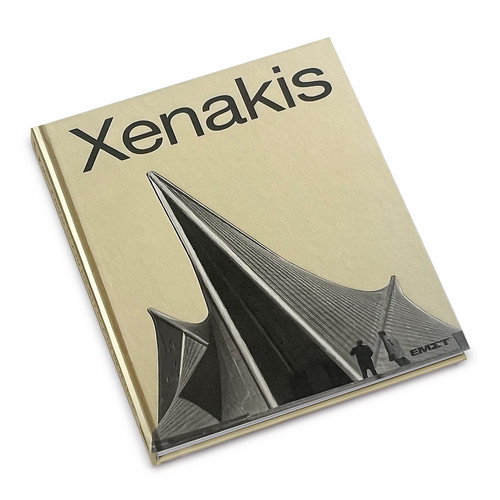
![Eyry]](https://cdn.soundohm.com/data/products/2025-11/anne-gillis-art-into-life-jpg.jpg.500.jpg)
